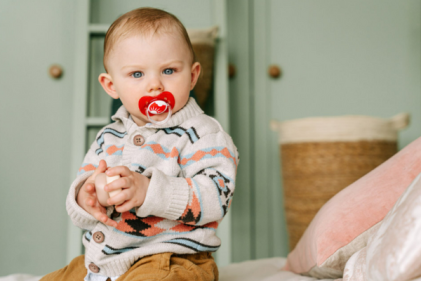Once your child reaches nine to 13 kilograms, sometime between the ages of nine months and one year, it’s time to retire the Group 0 or Group 0+ car seat that he or she has been using, and shop for a Group 1 car seat.
It’s easy to tell when your child needs to move on to the next level of car seat – either he or she will have exceeded the maximum weight stipulated by the manufacturers, or his or her head will be higher than the back of the seat.
Group 1 car seats are usually much larger and heavier than Group 0 seats, and they don’t have a carry handle. That’s because they’re designed to stay in the car, and not to be used to carry your child. They’re also designed to be used by your child until he or she is around four years old.
Usually, a Group 1 car seat means a forward facing seat, and they’re certainly much easier to find! However, there is growing evidence that a rear facing seat is safer for your child in the event of an accident, so it’s worth looking into buying one.
Isofix car seats are designed to be used with cars that have built in Isofix ‘docking stations’ making installing them a lot simpler! However, in practice these are a bit more expensive than seat belt-fastened seats.
If you are in any doubt about how to fit your seat, ask the ship where you’re buying it to fit it for you. Most will do this free of charge, and it will give you peace of mind.
Whether you buy a rear facing, forward facing or Isofix car seat however, the most important things are that it meets EU safety standards, and if possible, that it has a removable and washable cover – four years of dirt can really build up!



